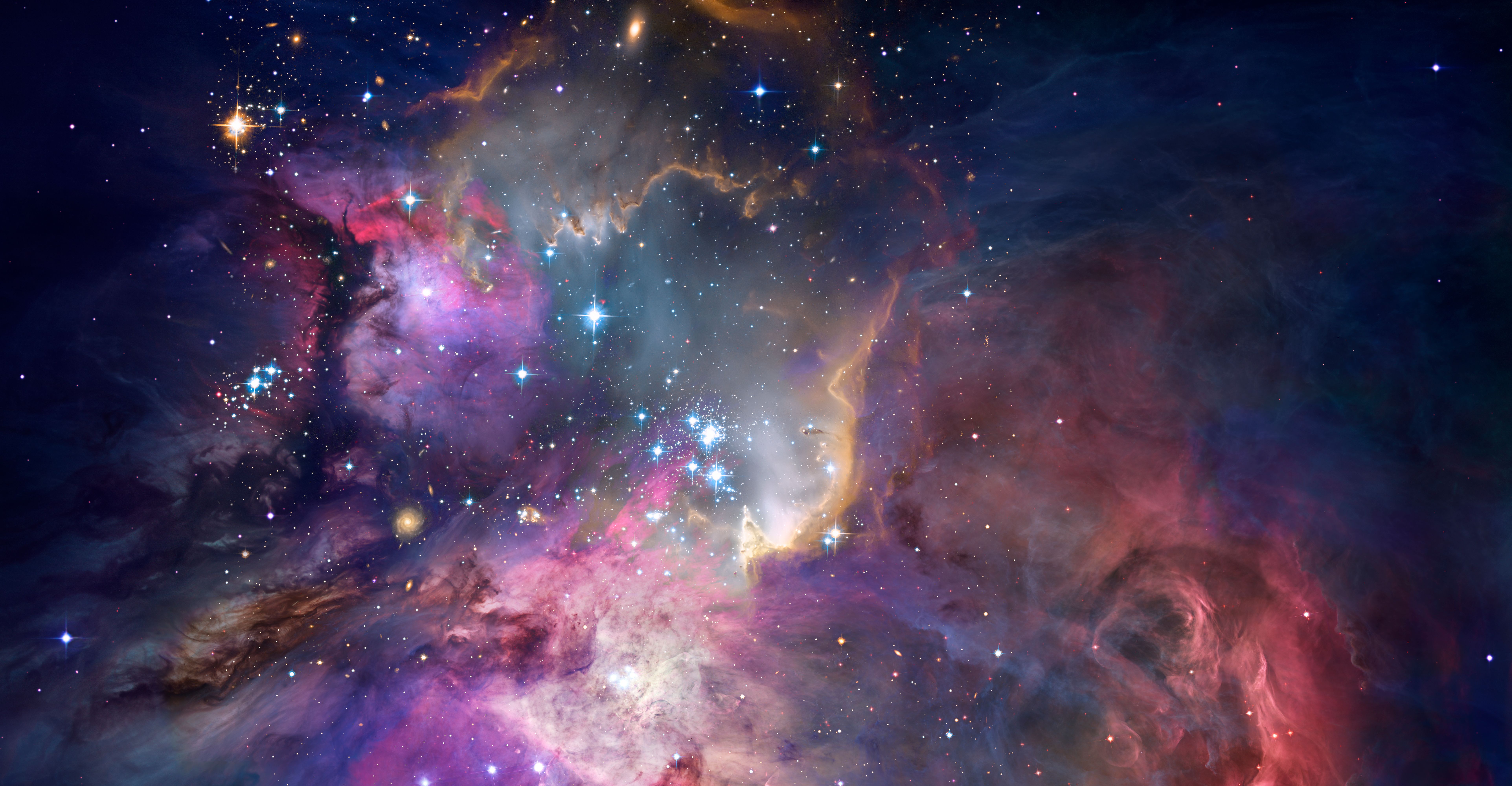Article Highlights
- NASA's missions encompass a wide range of scientific research, including Earth monitoring, asteroid tracking, and STEM education initiatives.
- NASA and JAXA are collaborating on the XRISM project, which employs spectroscopy to study cosmic extremes such as clusters of galaxies and hot regions in the galaxy.
- The XRISM project utilizes Resolve, a microcalorimeter spectrometer developed jointly by NASA and JAXA, to capture X-ray spectra and gather data on temperature changes and energy levels.
The National Aeronautics and Space Administration (NASA) is a scientific organization that is focused on expanding our understanding of outer space through technical innovations and achievements as well as scientific discovery. NASA’s missions have conducted a wide range of scientific research, and we have learned much about our galaxy, the universe, and Earth’s climate through these missions.
NASA’s research also has footholds in other fields, such as national security and education (1). NASA's work in monitoring Earth's environment and tracking potentially hazardous asteroids helps safeguard our planet and protect against threats from space. NASA also runs programs to encourage the next generation to pursue careers in science, technology, engineering, and mathematics (STEM).
As a result, NASA plays a crucial role in advancing scientific knowledge. To increase our knowledge of the cosmos, NASA’s work requires constant technological innovations. Oftentimes in their work, spectroscopy plays a vital role in the research that they conduct, and that holds true for one of their latest projects.
In an upcoming research project that was first announced in 2023, NASA released a statement about its X-ray Imaging and Spectroscopy Mission (XRISM) spacecraft (2). This XRISM initiative is focused on studying the universe’s largest structures with the strongest gravity as well as the hottest regions in the galaxy.
This project is led by the Japanese Aerospace Exploration (JAXA) in conjunction with NASA. The goal of XRISM is to use spectroscopy to study the abovementioned cosmic extremes, with the goal to understand more about how the universe operates.
The project involves using a microcalorimeter spectrometer called Resolve. This spectrometer is a result of a collaborative effort between NASA and JAXA. Resolve’s main function is to create spectra for X-rays from 400 to 12,000 electron volts (2). To accomplish this goal, Resolve uses a 6-by-6 pixel detector to measure tiny temperature changes created when the X-ray hits it (2). The detector then measures the increase to determine the X-ray’s energy.
The hope is that Resolve would help astronomers learn more about the motion and composition of hot gasses within clusters of galaxies (2). Data from the XRISM project will capture infrared (IR) light at higher energies, similar to the James Webb Space Telescope (2).
“Resolve will allow us to see the shapes of these lines in a way never possible before, letting us determine not only the abundances of the various elements present, but also their temperatures, densities, and directions of motion at unprecedented levels of precision,” said Brian Williams, NASA’s XRISM project scientist at Goddard (3). “From there, we can piece together information about the original star and the explosion.”
Currently, the project had its launch date back in September 2023 and successfully inserted itself into orbit on the same day (4). Scientists are seeking to accomplish the following research objectives: 1) study clusters of galaxies; 2) learn more about how the structure of the universe evolves; 3) learn more about how matter spreads through interstellar space; 4) discover how energy is transported in the universe; and 5) determine how matter behaves under gravitational and magnetic fields that are not created on Earth (4).
As NASA continues to explore the outer reaches of the universe, the XRISM project showcases the potential of spectroscopy to help answer important questions about the universe.
References
(1) NASA, About NASA. Available at: https://www.nasa.gov/about/ (accessed 2024-03-26).
(2) NASA, XRISM Spacecraft Will Open New Window on the X-ray Cosmos. Available at: https://www.nasa.gov/centers-and-facilities/goddard/xrism-spacecraft-will-open-new-window-on-the-x-ray-cosmos/ (accessed 2024-03-25).
(3) NASA, NASA/JAXA XRISM Mission Reveals Its First Look at X-ray Cosmos. Available at: https://science.nasa.gov/missions/xrism/nasa-jaxa-xrism-mission-reveals-its-first-look-at-x-ray-cosmos/ (accessed 2024-03-25).
(4) NASA Space Flight, Japanese H-IIA Launches X-ray Telescope and Lunar Lander. Available at: https://www.nasaspaceflight.com/2023/09/xrism-slim/ (accessed 2024-03-25).
